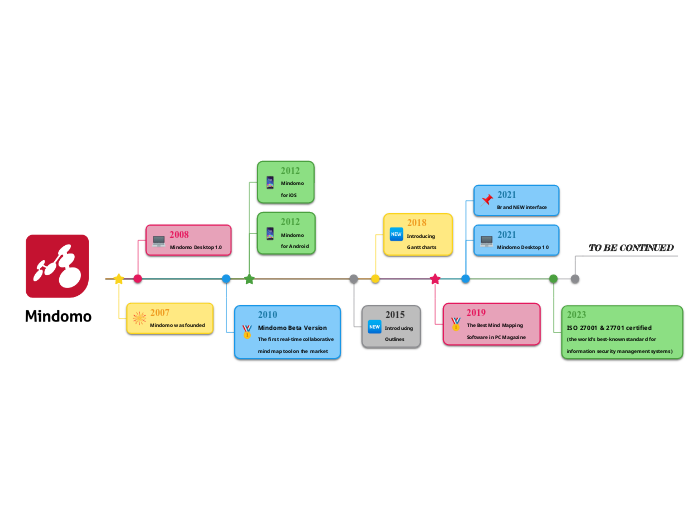Bricoleur Teaching and learning
A microorganism is an organism so small that people cannot see them with the naked eye.
Microorganisms can be harmful and useful organisms.
Assessment and evaluation tools
self assessment and reflection templates
peer assessment and feedback guidelines
Rubrics
Teaching strategies
Peer to peer teaching
Problem solving activities
Project based learning
Key Principles
Group works and discussion
Resourcefulness
Online resources
Educational apps
Syllabus
Flexible
use podcasts
Incoporate local plants and animals
use videos and simulations
Models
COI
CABLS
Blended learning
Enriched virtual modeld
Rotation models
Flex models
Alacarte
Constructivisn
On assessment
Peer assessment
Self assessment
Summative
Formative
Foundational Theories
Ernst Glaserfield
Radical constructivism
David Ausubel
Meaningful learning
Lev Vgotsky
Learning as social process
Jean Piaget
Learners can construct their knowledge
John Dewey
Learning through experience
Pedagogiic paradigm
Collaboration
Real world experiences
Active learning
Prior knowlegde
Benefits
Better preparation for real worldchallenges
increased accessibility
Improved student engagement
Enhanced critical thinking
How to build on bricks
Microorganisms help in the production of many food items, making medicines, keeping the environment clean, in manufacturing, and in research.
Connect biology to other disciplines
Microorganisms have a role in waste disposal, agriculture, and nutrient recycling.
Give examples of these types.
Students to work on real world problems to allow them to apply biological cocepts
Give examples of bacteria used in the pharmaceutical industry.
Encouraging students to draw on their own experiences and knowledge to understand biological concepts and systems for example asking students to compare human organ systems to those of animals
Give examples of Microorganisms in food production.
Characteristics
Research about the main characteristics of the microorganisms and give examples!
Breathe
Move
Grow
Example
Bricks
There are five types of microorganisms. Out of these five, four can be free-living or parasitic.
There is one that can be only parasitic since it always reproduces inside other living things.
After enumerating them, click on the flags below to mark the ones which can be free-living and the ones that cannot.
can be free-living
only parasitic
Real world applications
Type of microorganism
Scientific skills
Data analysis
Observation
Experimentation
Conceptual knowledge
Evolution
Genetics
cell structure
Using available resources creatively to adapt to diverse classroom needs
Name the study of microorganisms.









